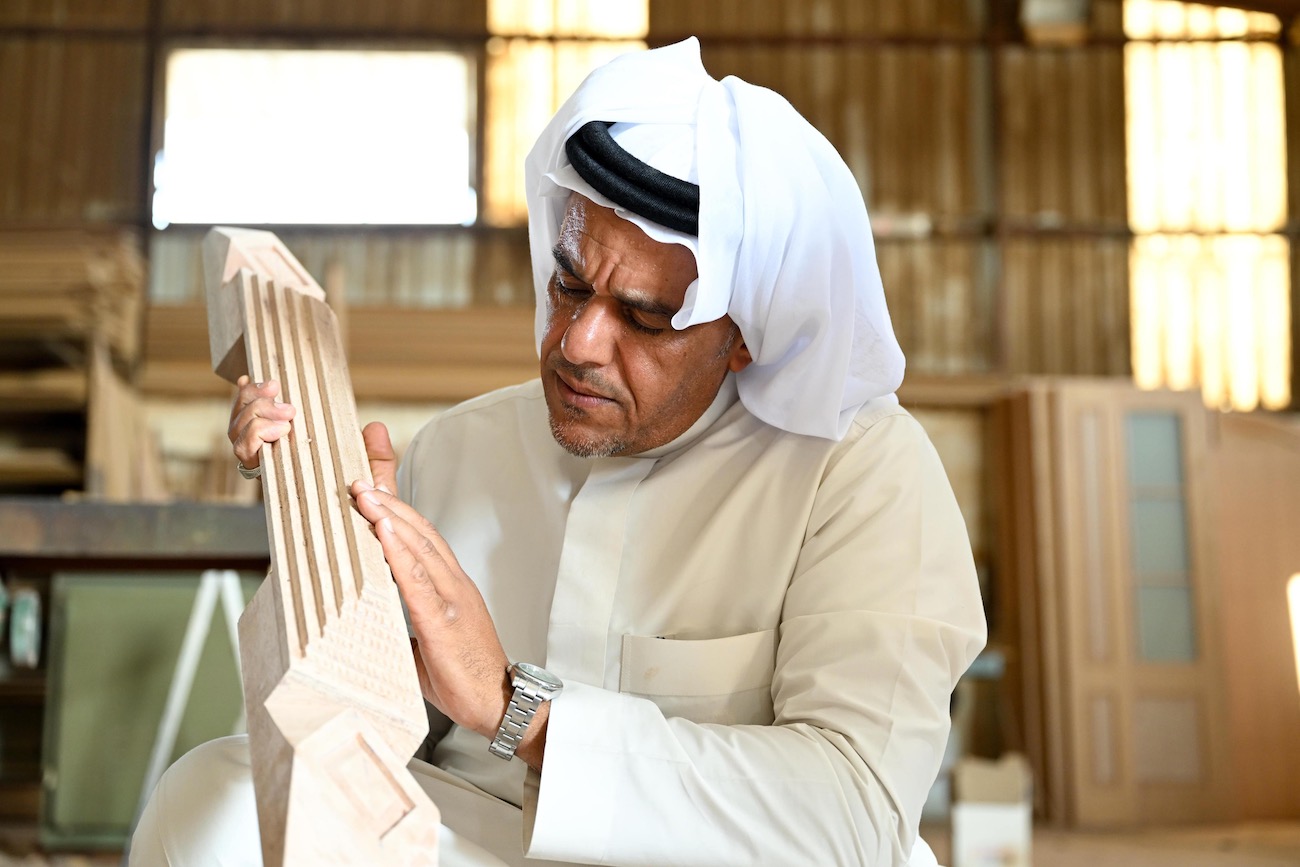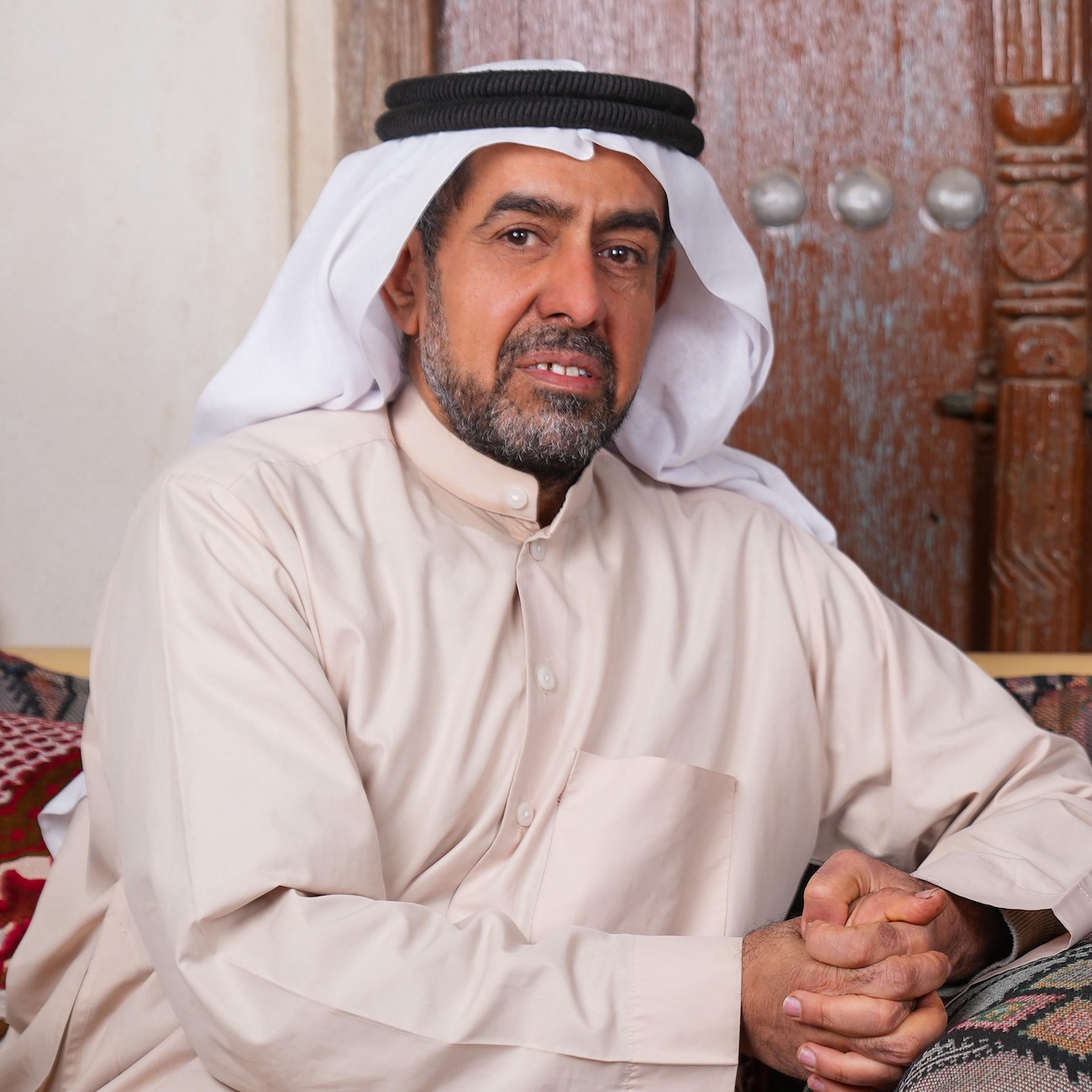RIYADH: Packing a travel bag for Hajj pilgrimage is unlike packing for any other trip, particularly since opportunities for obtaining supplies during Hajj are scarce.
Arab News has compiled a list of essentials for women who will be embarking on the spiritual yet physically taxing journey in the coming days.
A prayer guide and mat are essentials, and this list was compiled by expert mutawwif — a guide appointed by the Ministry of Hajj who is responsible for overseeing the needs and well-being of pilgrims — Bakur Hemdi, who shared his tips for female pilgrims with Arab News.
Hemdi, who has over 11 years of experience of working during Hajj, said: “I’ve noticed that women (workers) have participated in Hajj more in recent years. If you need assistance, you can always find a female worker to assist you during the Hajj.”
Clothing
Since Hajj this year is taking place in the summer, clothing must be light and made of cotton or linen fabric. The attire needs to be broad, modest, cover every part of the body, and include a sealed head scarf.
Hemdi said: “Please avoid wearing polyester, as it will retain heat inside and cause you to perspire more. Instead, wear breathable materials like cotton and linen.”
Hawraa Abaya, a clothing company for women, has designed an abaya that includes a pair of pants, top, coat, and headscarf. You will need more than one of these for your pilgrimage because you will be changing garments every day of the Hajj.
https://hawraaabaya.com/products/40502?gad_source=1&gclid=Cj0KCQjwpNuyBh...
Pack a laundry bag to store your used clothing.
Bodycare essentials
Anti-chafing sticks are essential because Hajj involves a lot of walking.
https://www.amazon.sa/Waterproof-Prevention-Anti-Chafe-Protection-Fricti...
Skinfold dry sheets can help manage sweat-related problems. The sheets are made to absorb moisture to help avoid compromising skin integrity due to excessive sweating. They can also be used under breasts and for the belly and armpit areas and should be changed once a day, or whenever the sheet gets wet.
https://www.amazon.sa/-/en/Medline-Skinfold-Moisture-Management-Non-Chaf...
Any skincare products like shampoo, soap, moisturizer and deodorant should be fragrance-free and travel size. Beesline’s Hajj Kit includes fragrance-free shampoo, soap, ointment, and rosary.
https://www.nahdionline.com/en/beesline-hajj-kit
Unscented talc and Vaseline can be handy in case of irritation.
Carry sun protection for your hands and face.
Unscented sanitary pads can be useful, especially for emergencies.
A water spray might help bring relief from the scorching heat of June.
A pair of scissors will be handy for the hair cutting ritual after performing Umrah.
Items to avoid
Avoid carrying makeup as it is not recommended.
Avoid wearing tight and uncomfortable clothing.
Avoid accessories such as multiple sunglasses, jewelry, perfumes, or electrical appliances.
Medications
“It is preferable to purchase locally produced pharmaceuticals because they are approved by the Saudi FDA (Food and Drug Authority),” Hemdi said.
Electrolytes can help you stay hydrated and increase your energy levels. You can also purchase paracetamol or other pain relievers but ensure that they are allowed in Saudi Arabia.
As Makkah is a city in the mountains, the roads might be a little unsettling. Carry motion sickness tablets for public transport rides if you tend to get dizzy and nauseous.
https://www.amazon.sa/-/en/369-Life-Sickness-Airplane-Transport/dp/B0BMQ...
Electronics
“You can bring a digital tasbeeh ring or use the apps available on phones,” Hemdi said.
Purchasing a portable fan that can be charged is essential. Certain models allow you to hang the fan over your neck, freeing up your hands.
https://www.amazon.sa/SHAPE-MART-Neck-Fan-Rechargeable/dp/B0C96PRF2H/ref...
You will need to use an eye mask and earplugs if you plan to sleep during the day.
A portable power bank that can be used for both your phone and electronic fan is handy. It is common for pilgrims to spend a lot of time outside the tents, and you may also spend a lot of time inside the bus, so being prepared for any low-power scenario is crucial.
Carry an umbrella or a hat to protect yourself from direct sunlight.
https://www.amazon.sa/-/en/Bocampty-Protection-Ventilative-Adjustable-Ga...
Comfortable shoes
“The floors are quite heated, so wear cotton socks and breathable, comfortable shoes instead of slippers and rubber shoes. You must be ready, even though this year’s roadways have been treated with cooling insulation,” Hemdi said.
Hajj requires walking great distances and stopping frequently to pray and refuel, so comfortable shoes are essential.
Skechers has developed a line of shoes that are specifically tailored to the requirements of pilgrims undertaking Hajj pilgrimage, to ensure maximum comfort.
https://apparelglobal.com/en/skechers/
Packing slippers, in addition to comfortable shoes, is essential for bathing and ablution.
Hemdi said: “Many pilgrims get blisters on their feet from walking a lot or wearing uncomfortable shoes, so it is best to have plasters with you.”
Disposable items
When entering the Grand Mosque in Makkah, you will have to take off your shoes, so make sure you have a disposable plastic bag to keep your shoes with you.
To maintain hygiene, toilet chair covers are important.
https://www.noon.com/saudi-en/toletta-disposable-toilet-seat-covers-prot...
Compressed towels can be handy.
https://www.amazon.sa/-/en/Compressed-Portable-Disposable-Activities-SA-...
You can use disposable short socks that are breathable for walking and prayer, especially if they are made of cotton.
https://www.amazon.sa/-/en/Goodern-Disposable-Portable-Accessories-Trave...
Hemdi said: “Please drink water whenever you see it offered to pilgrims. The heat may quickly cause dehydration in anyone. Please stay hydrated at all costs and at all times.”
































